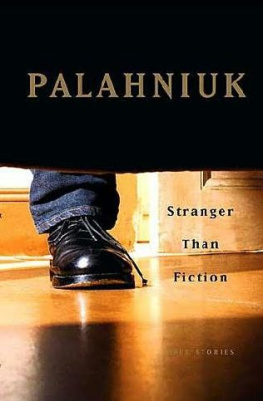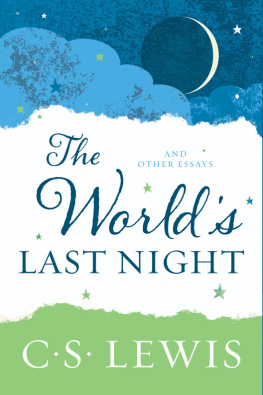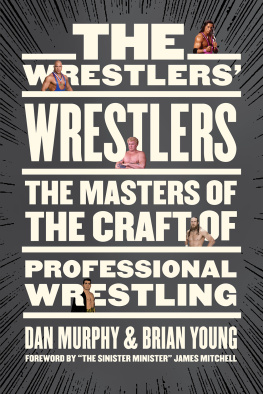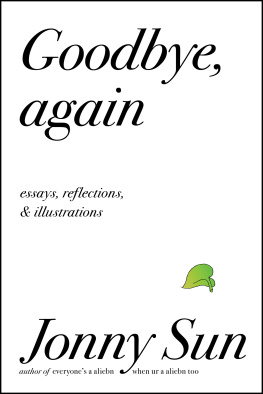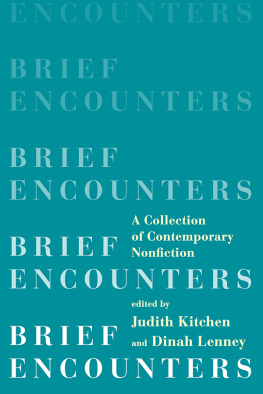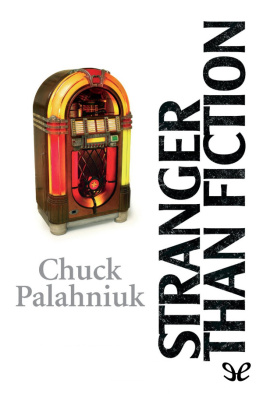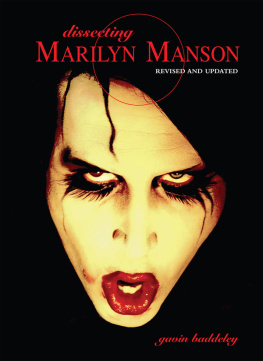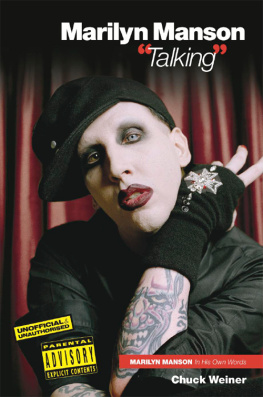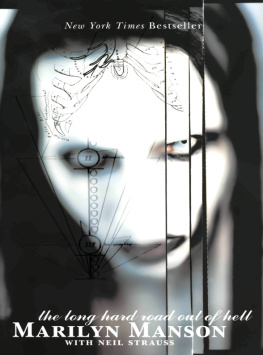"Full of wonderful momentsPalahniuk's voice is so distinctive and intimate-he writes as though he is recounting a great story to a close friend." Los Angeles Times
"Step into Palahniuk's dark worldview and watch for what crawls out. These stories are true to him and no one else." The Oregonian
One of the oddest and most oddly compelling collections to come along for some time. The Milwaukee Journal Sentinel
In Chuck Palahniuks world, the ride is fast, often disturbing, and there is never any holding back. The New Orleans Times-Picayune
Eccentric, idiosyncratic, and often entertaining. The Onion
"Priceless grace notes from an exceptionally droll and sharp-eyed observer." The New York Times
Rarely does a collection of essays continually resonate with a main theme and accumulate a weight that would lead you to call it a great book.. This is a pretty great book. The Seattle Times
"The book's lurid appeal rests largely on being let in on Palahniuk's secrets, the raw material for much of his fiction.. Acts that give spice to his novels are made more menacing when encountered in the real world." Black Book
Fact and Fiction: An Introduction
If you haven't already noticed, all my books are about a lonely person looking for some way to connect with other people.
In a way, that is the opposite of the American Dream: to get so rich you can rise above the rabble, all those people on the freeway or, worse, the bus. No, the dream is a big house, off alone somewhere. A penthouse, like Howard Hughes. Or a mountaintop castle, like William Randolph Hearst. Some lovely isolated nest where you can invite only the rabble you like. An environment you can control, free from conflict and pain. Where you rule.
Whether it's a ranch in Montana or basement apartment with ten thousand DVDs and high-speed Internet access, it never fails. We get there, and we're alone. And we're lonely.
After we're miserable enough-like the narrator in his Fight Club condo, or the narrator isolated by her own beautiful face in Invisible Monsters-we destroy our lovely nest and force ourselves back into the larger world. In so many ways, that's also how you write a novel. You plan and research. You spend time alone, building this lovely world where you control, control, control everything. You let the telephone ring. The emails pile up. You stay in your story world until you destroy it. Then you come back to be with other people.
If your story world sells well enough, you get to go on book tour. Do interviews. Really be with people. A lot of people. People, until you're sick of people. Until you crave the idea of escaping, getting away to a
To another lovely story world.
And so it goes. Alone. Together. Alone. Together.
Chances are, if you're reading this, you know this cycle. Reading a book is not a group activity. Not like going to a movie or a concert. This is the lonely end of the spectrum.
Every story in this book is about being with other people. Me being with people. Or people being together.
For the castle builders, it's about flying a stone flag so grand it attracts people with the same dream.
For the combine-demolition folks, it's about finding a way to get together, a social structure with rules and goals and roles for people to fill while they rebuild their community by crashing farm equipment.
For Marilyn Manson, it's about a kid from the Midwest who can't swim, suddenly moved to Florida, where social life is lived in the ocean. Here, that kid is still trying to connect with people.
These are all nonfiction stories and essays I wrote between novels. In my own cycle, it goes: Fact. Fiction. Fact. Fiction.
The one drawback to writing is the being alone. The writing part. The lonely-garret part. In people's imagination, that's the difference between a writer and a journalist. The journalist, the newspaper reporter, is always rushing, hunting, meeting people, digging up facts. Cooking a story. The journalist writes surrounded by people, and always on deadline. Crowded and hurried. Exciting and fun.
The journalist writes to connect you to the larger world. A conduit.
But a writer writer is different. Anybody who writes fiction is-people imagine-alone. Maybe because fiction seems to connect you to only the voice of one other person. Maybe because reading is something we do alone. It's a pastime that seems to split us away from others.
The journalist researches a story. The novelist imagines it.
What's funny is, you'd be amazed at the amount of time a novelist has to spend with people in order to create this single lonely voice. This seemingly isolated world.
It's hard to call any of my novels "fiction."
Most of the reason I write is because once a week it brought me together with other people. This was in a workshop taught by a published writer-Tom Spanbauer-around his kitchen table on Thursday nights. At the time, most of my friendships were based on proximity: neighbors or coworkers. Those people you know only because, well, you're stuck sitting next to them every day.
The funniest person I know, Ina Gebert, calls coworkers your "air family."
The problem with proximity friends is, they move away. They quit or get fired.
It wasn't until a writing workshop that I discovered the idea of friendships based on a shared passion. Writing. Or theater. Or music. Some shared vision. A mutual quest that would keep you together with other people who valued this vague, intangible skill you valued. These are friendships that outlast jobs and evictions. This steady, regular Thursday-night gabfest was the only incentive to keep me writing during the years when writing didn't pay a dime. Tom and Suzy and Monica and Steven and Bill and Cory and Rick. We fought and praised each other. And it was enough.
My pet theory about Fight Club's success is that the story presented a structure for people to be together. People want to see new ways for connecting. Look at books like How to Make an American Quilt and The Divine Secrets of the Ya-Ya Sisterhood and The Joy Luck Club. These are all books that present a structure-making a quilt or playing mah-jongg-that allows people to be together and share their stories. All these books are short stories bound together by a shared activity. Of course, they're all women's stories. We don't see a lot of new models for male social interaction. There's sports. Barn raisings. That's about it.
And now there's fight clubs. For better or worse.
Before I started writing Fight Club, I worked as a volunteer at a charity hospice. My job was to drive people to appointments and support-group meetings. There, they'd sit around with other people in a church basement, comparing symptoms and doing New Age exercises. Those meetings were uncomfortable because no matter how I tried to hide, people always assumed I had the disease they had. There was no discreet way to say I was just observing, a tourist waiting to take my charge back to the hospice. So I started telling myself a story about a guy who haunted terminal illness support groups to feel better about his own pointless life.
In so many ways, these places-support groups, twelve-step recovery groups, demolition derbies-they've come to serve the role that organized religion used to. We used to go to church to reveal the worst aspects of ourselves, our sins. To tell our stories. To be recognized. To be forgiven. And to be redeemed, accepted back into our community. This ritual was our way to stay connected to people, and to resolve our anxiety before it could take us so far from humanity that we would be lost.

